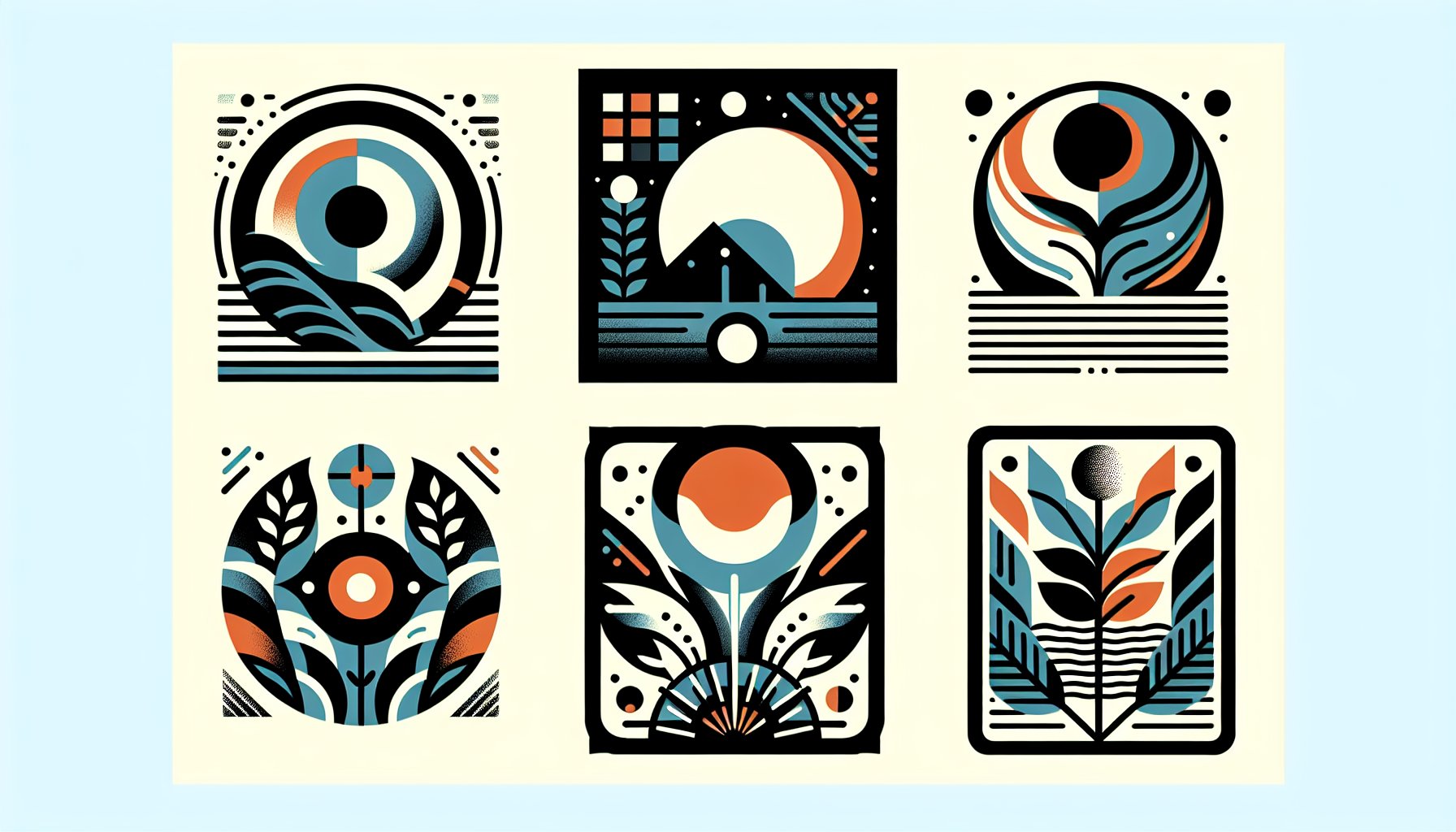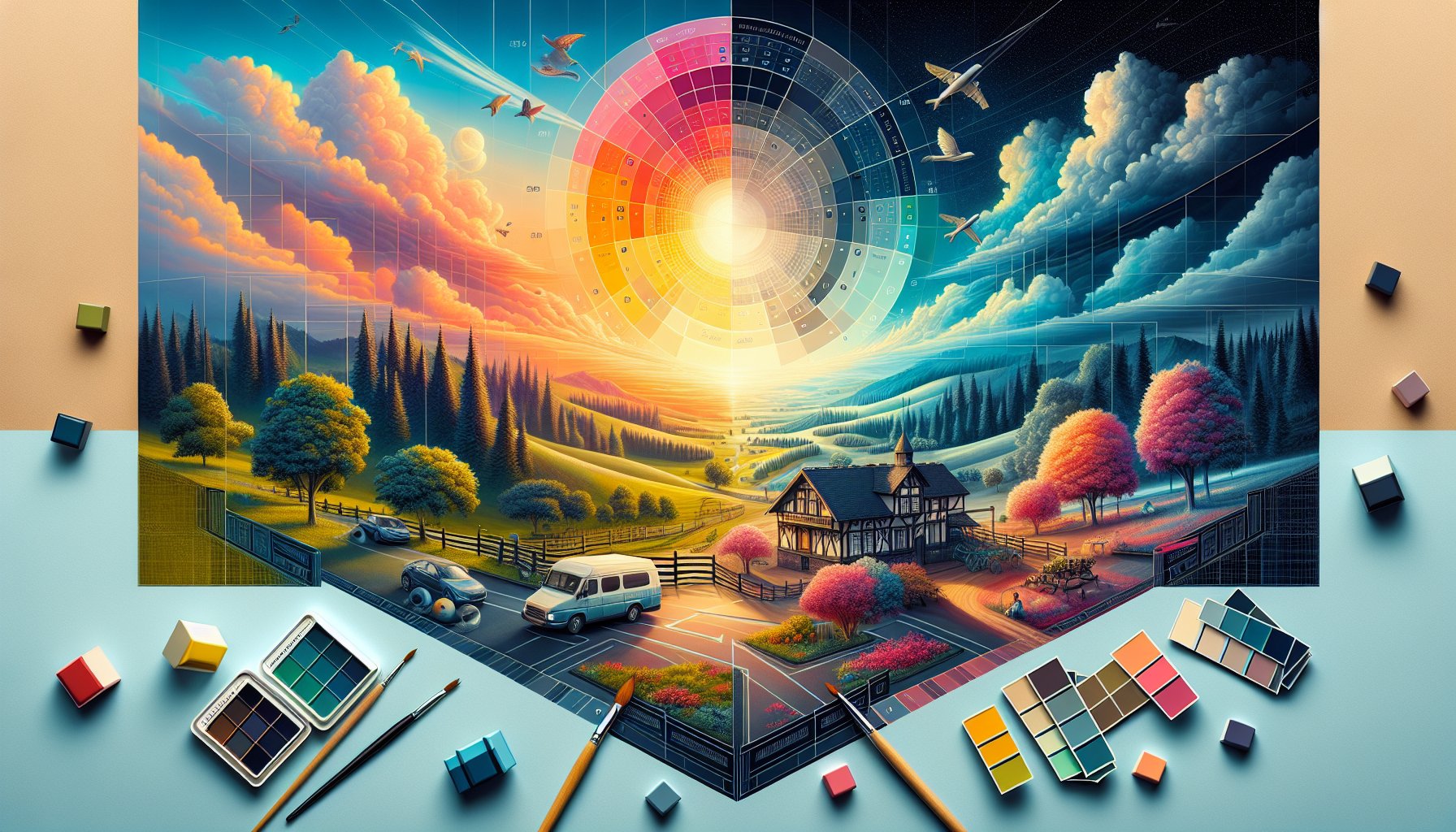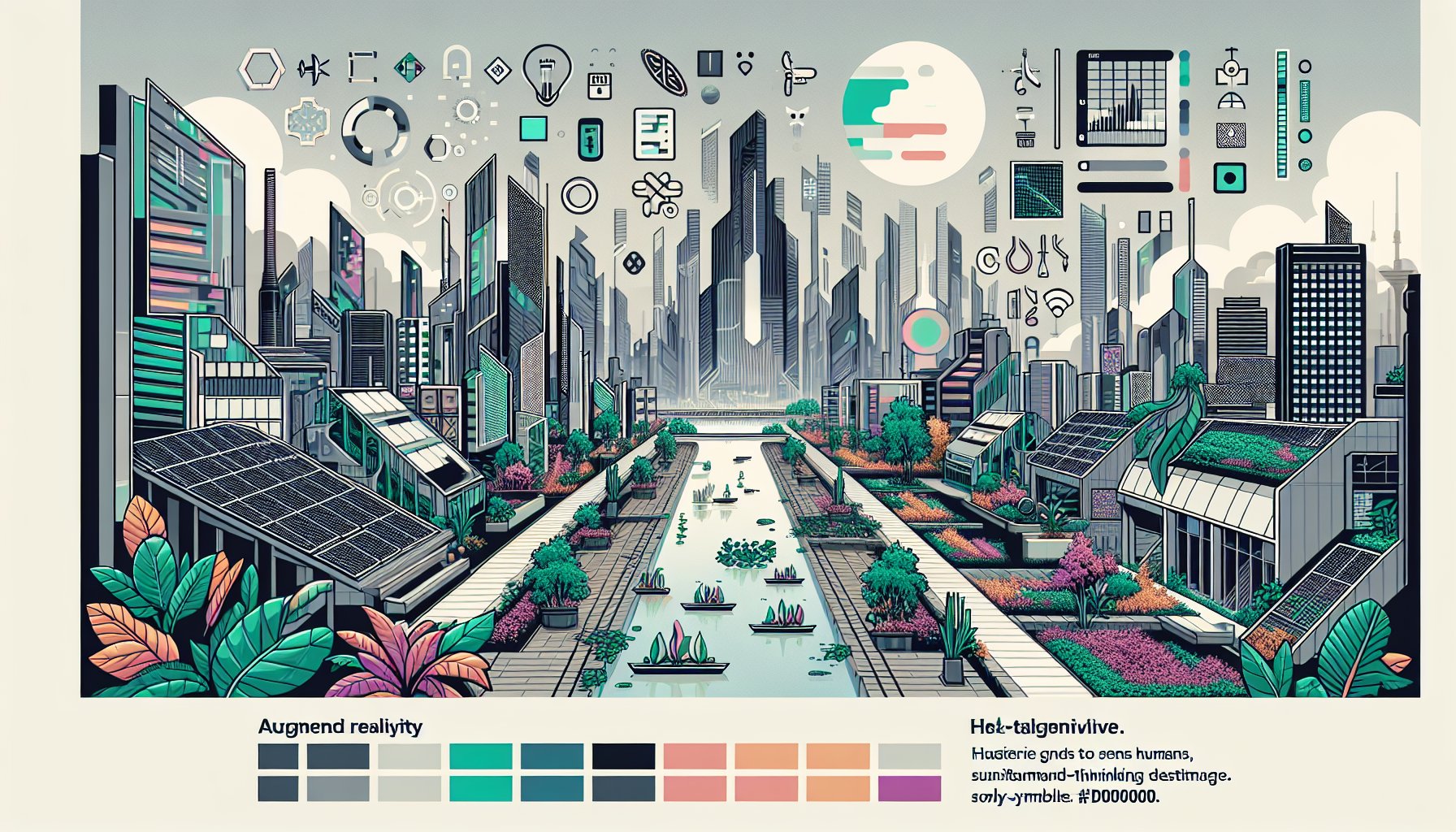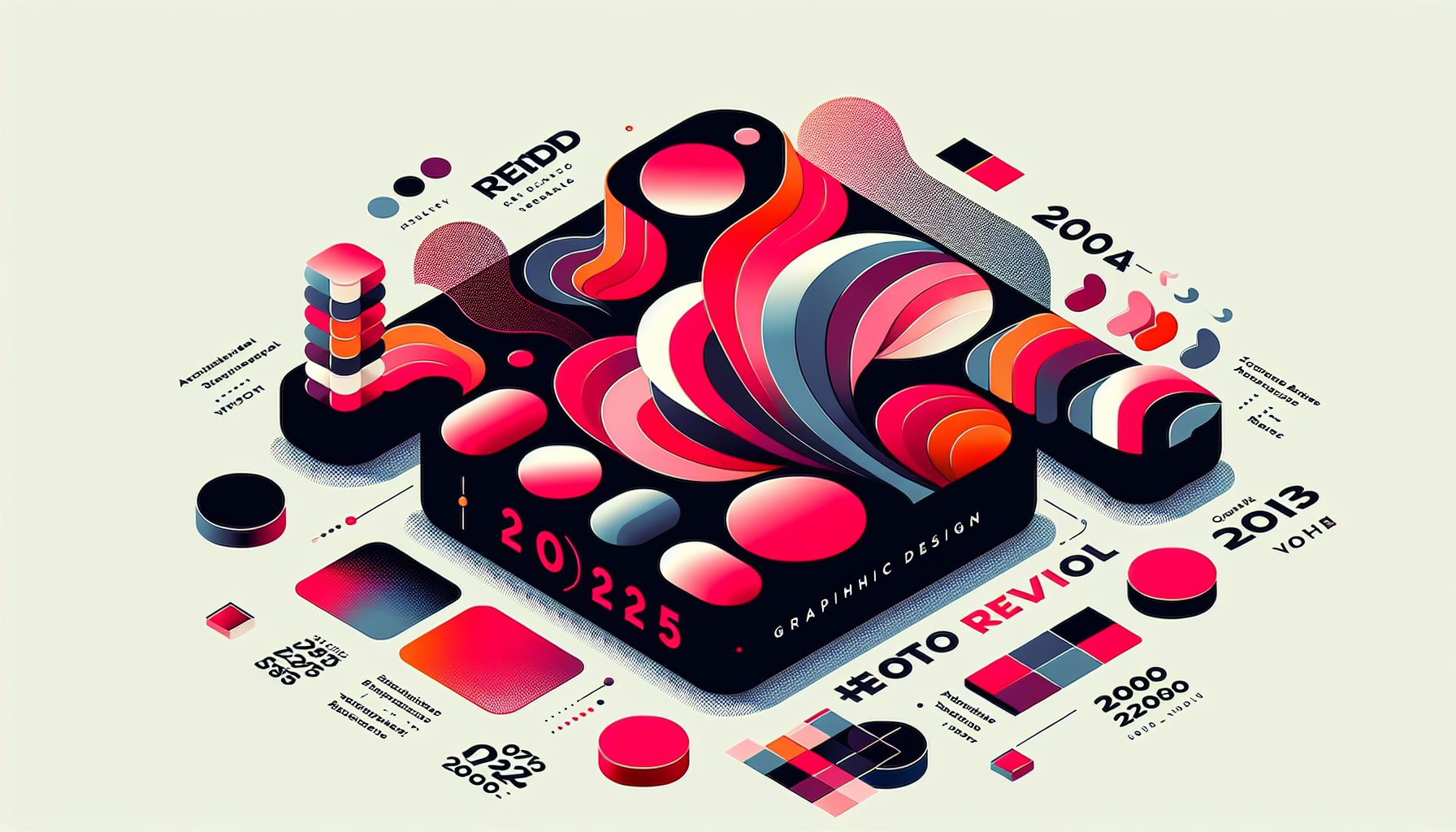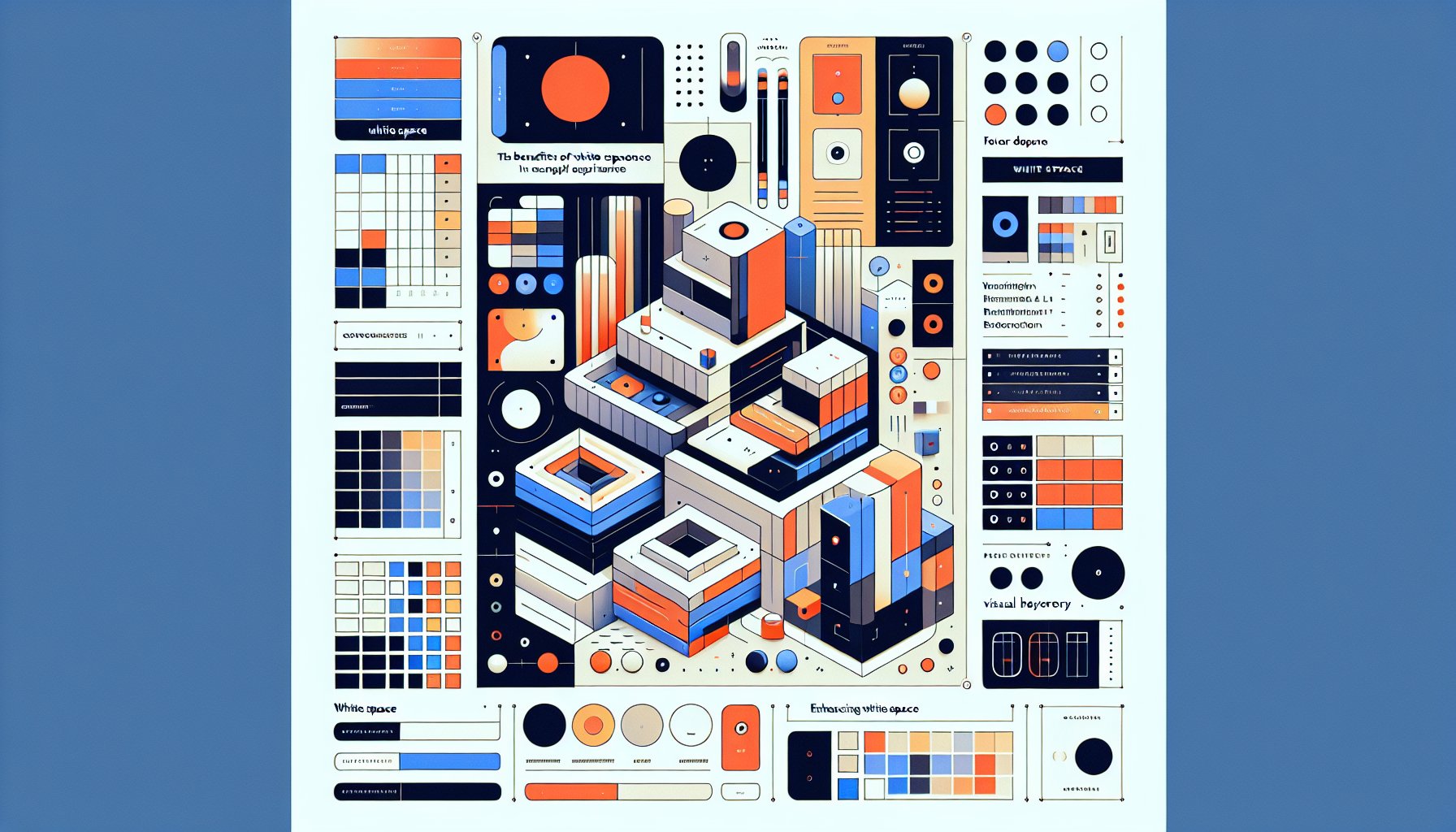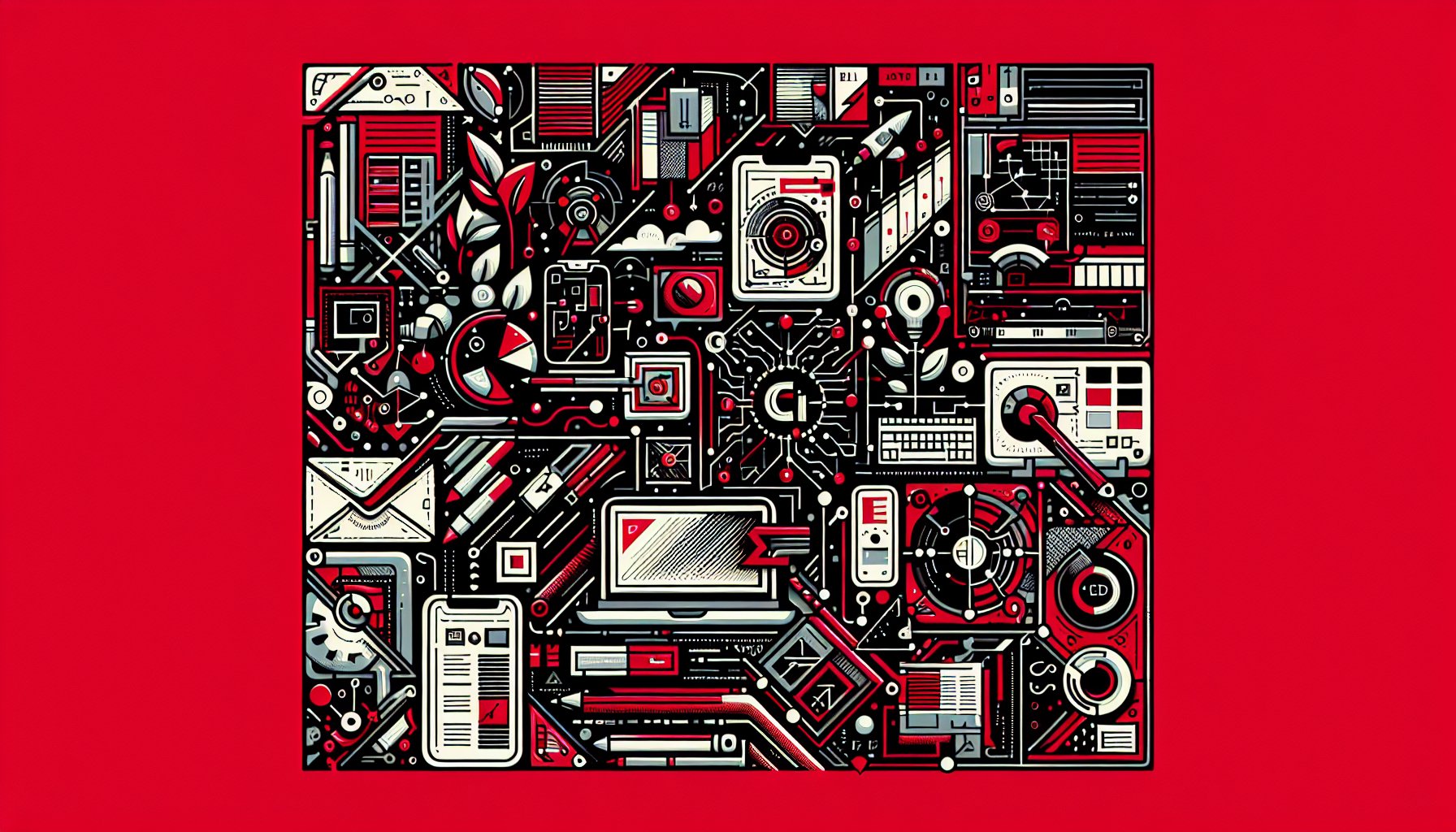Graphic Design
The Impact of AI on Graphic Design: What to Expect in 2025
Discover how AI is set to revolutionize graphic design by 2025. From enhancing creativity to democratizing design, explore the transformative impact and what it means for designers in the evolving landscape.
Oct 23, 2025
5 min read
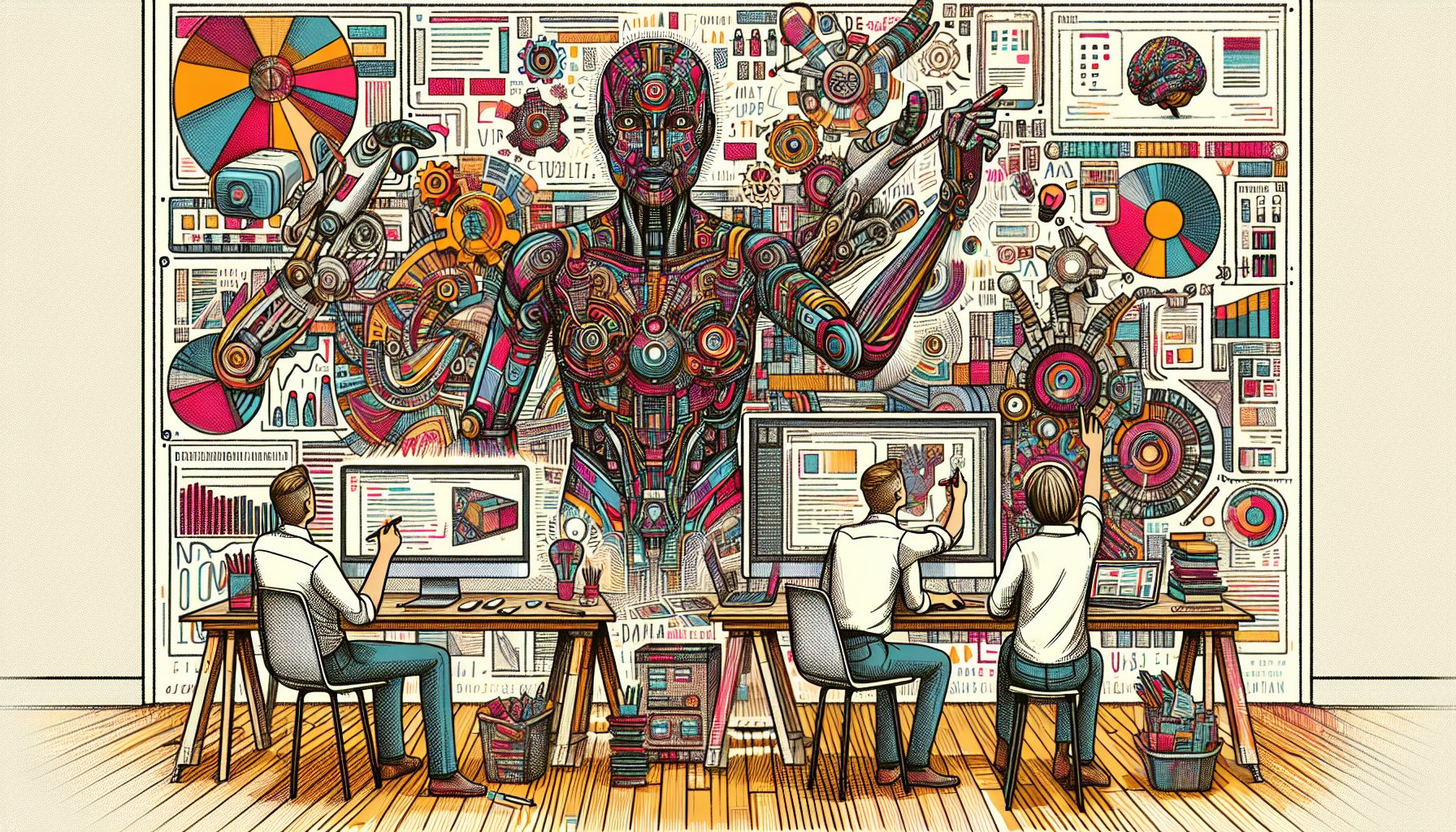
The Impact of AI on Graphic Design: What to Expect in 2025
TL;DR
The world of graphic design is transforming rapidly with AI as both ally and provocateur. By 2025, AI will be more integrated into the design process, reshaping creativity, efficiency, and collaboration. This narrative delves into AI's role as a creative partner, its influence on everyday tasks, its challenges, and its democratizing power. At the core, designers will find AI augmenting, not replacing their creativity. The focus shifts towards human-centered design, ethical considerations, and future educational strategies, positioning designers to not only adapt but thrive in a world where technology and human ingenuity intersect.
Enter the AI Era: Designers' New Best Friend?
Picture an eager young designer, fresh out of college, stepping into a world where AI isn’t just a cool gadget but a bona fide creative collaborator. This isn’t some distant, sci-fi future; it’s happening now. Fast forward to 2025, and AI will be deeply woven into the design process, transforming how creativity and efficiency are married in the world of graphic design.
Creativity Gets a High-Tech Makeover
Consider this, AI is already analyzing vast datasets to suggest design concepts that resonate with user preferences. It’s like having a personal assistant who can predict what your audience craves before they've even realized it. Platforms like Adobe Sensei are leading this charge, automating mundane tasks while learning your style to suggest tweaks you never knew you needed. Designers can now trade hours of resizing and palette-perfecting for more time spent on strategizing and innovating. Think of AI as your backstage techie, fine-tuning the lights while you, the designer, take center stage.
The Rise of the Machines: Generative Design Takes Over
Generative design sounds like it belongs in a sci-fi novel but is very much the here and now. Set parameters, feed them into platforms like Autodesk Dreamcatcher, and voilà, AI presents a smorgasbord of creative options. It's like having a hundred ideas at once, demanding you to dance the dance of curator, picking the pieces that align best with your vision. Designers are morphing into facilitators, curating ideas that marry form, function, and flair all at once.
Democratizing Design: Everyone’s a Creator
AI isn’t just revamping the professional sphere; it’s democratizing design itself, inviting the untrained masses to join the party. Tools like Canva are making it as easy to craft eye-catching designs as it is to post a selfie. With AI doing the heavy lifting, non-designers are now empowered to express their creativity without the barrier of technical know-how. Imagine schools, hospitals, and even community groups tapping into design tools, using them to narrate their stories visually and effectively.
But Wait, Who Owns This Art Again?
With AI in the mix, who gets the bragging rights to that stunning piece of work, designer or algorithm? AI challenges traditional notions of authorship, blurring lines and demanding a rethink of intellectual property rights. Then there's the bias issue, AI systems can unknowingly propagate stereotypes, demanding designers to be vigilant and advocate for diverse, inclusive datasets.
Aesthetic Predictions: The Art of the Future
The crystal ball of 2025 predicts a future rich in personalized aesthetics with a tech twist. AI will enable designs that not only look the part but are also emotionally resonant and dynamically interactive. We'll be living in a world where design goes beyond static visuals, venturing into immersive experiences powered by virtual and augmented reality.
Collaboration Meets Competition: The Designer's New Paradigm
As AI automates more tasks, the competitive landscape shifts. Designers, embracing a designer's mindset, will need to play well with others, think marketers, strategists, and even AI itself. The new battleground centers around empathy, creativity, and strategic insight, qualities inherently human and thus irreplaceable by AI.
Designing the Future: Education’s Next Move
It’s no longer sufficient for design education to focus solely on aesthetics and software training. Today’s budding designers need a mix of technical savvy and creative flair, ready to play in an AI-enhanced playground. Educational institutions are catching on, weaving AI into their curricula, ensuring designers of tomorrow can work hand in hand with AI.
Voices from Tomorrow: Industry Whispers
As AI sets the stage for a new design era, experts agree: creativity, empathy, and a human touch will remain irreplaceable. Designers will orchestrate rather than execute, guiding AI to generate innovative solutions across disciplines. Education systems will need to pivot, ensuring that future designers are not just creators but strategic curators of AI-fueled inspiration.
Bridging the Divide: Tech and Creativity Unite
As we strut toward 2025, the challenge is clear: embrace AI as a collaborative partner, not a replacement. The future of graphic design isn't about machines taking jobs but about machines enhancing human creativity. The designers who thrive will be those who harness AI's power, fostering a blend of empathy, innovation, and a relentless pursuit of learning to keep pace with an ever-evolving tech landscape.
In a world where AI and human creativity intersect, graphic design's future is not a solo effort but a collective masterpiece waiting to be realized.
Need Help?
Check out these related products that can help:

